
Marble Veil: Trompe-l'oeil Technique in Sculpture
The marble veil envelops sculptures created by masters from different historical periods. While some of our contemporaries owe their successful results to innovative materials and equipment, how can we explain the extraordinarily delicate marble veil on statues created in the distant 17th century?
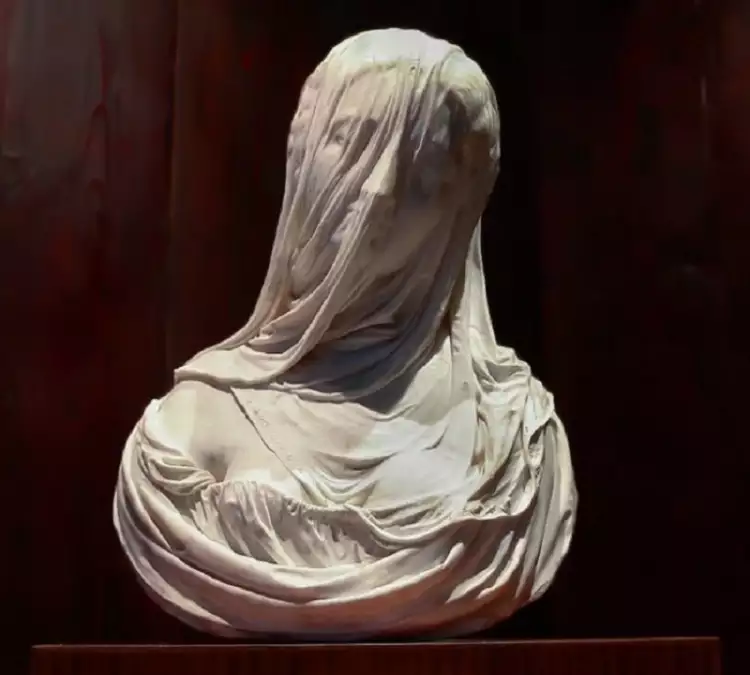 Marble Veil. Antonio Corradini. Bust of the lady under the veil
Marble Veil. Antonio Corradini. Bust of the lady under the veil
The marble veil effect is based on the trompe-l'oeil technique (creating an optical illusion), which became known in the times of Ancient Greece. Legend has it that the ancient Greek painter Zeuxis learned to create deceptive paintings: birds would perch on a painted grapevine on walls and canvases, mistaking it for real clusters of grapes. However, memories of sculptural deceptions from antiquity have not survived, making Antonio Corradini the first person to achieve the marble veil effect.
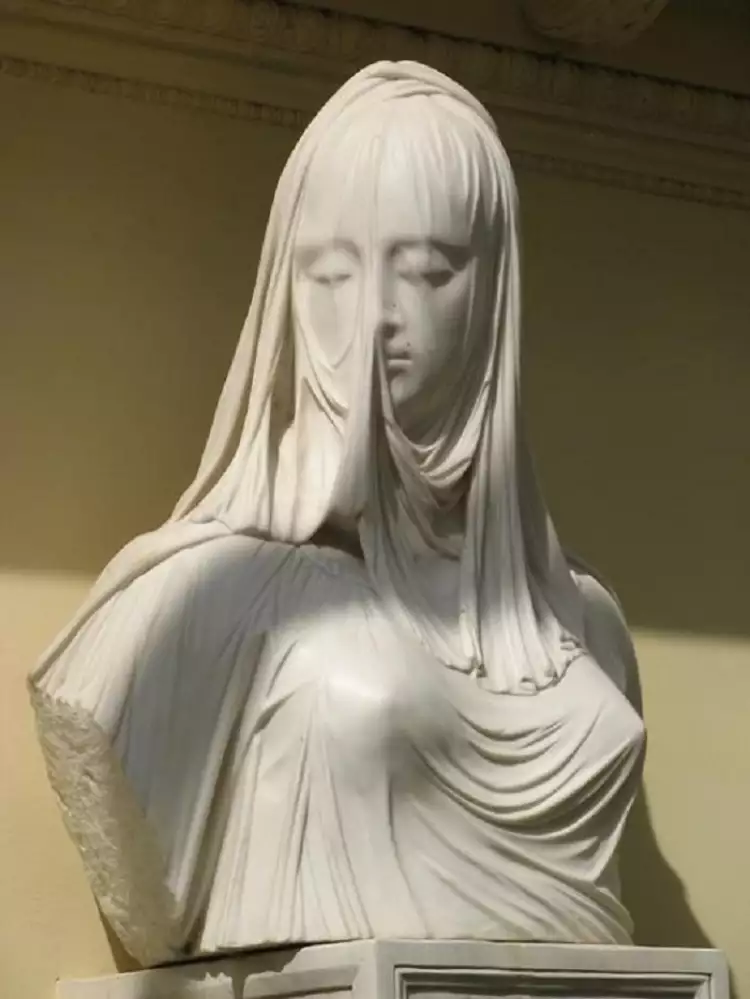 Marble Veil. Antonio Corradini. Lady under the veil
Marble Veil. Antonio Corradini. Lady under the veil
The Neapolitan master was born in 1668 and dedicated much of his life to creating commissioned sculptures. His works can be seen in squares, parks, temples, and museums. His most famous work is the funerary monument to a woman who passed away immediately after giving birth to her son. Thus, Prince Raimondo decided to pay tribute to his own mother. The sculpture is named "Chastity." The woman stands on a pedestal, looking to the side, and her head and nude body are enveloped in flowing semi-transparent fabric, through which the features of her face, the lines of her chest, arms, and graceful legs are distinctly visible.
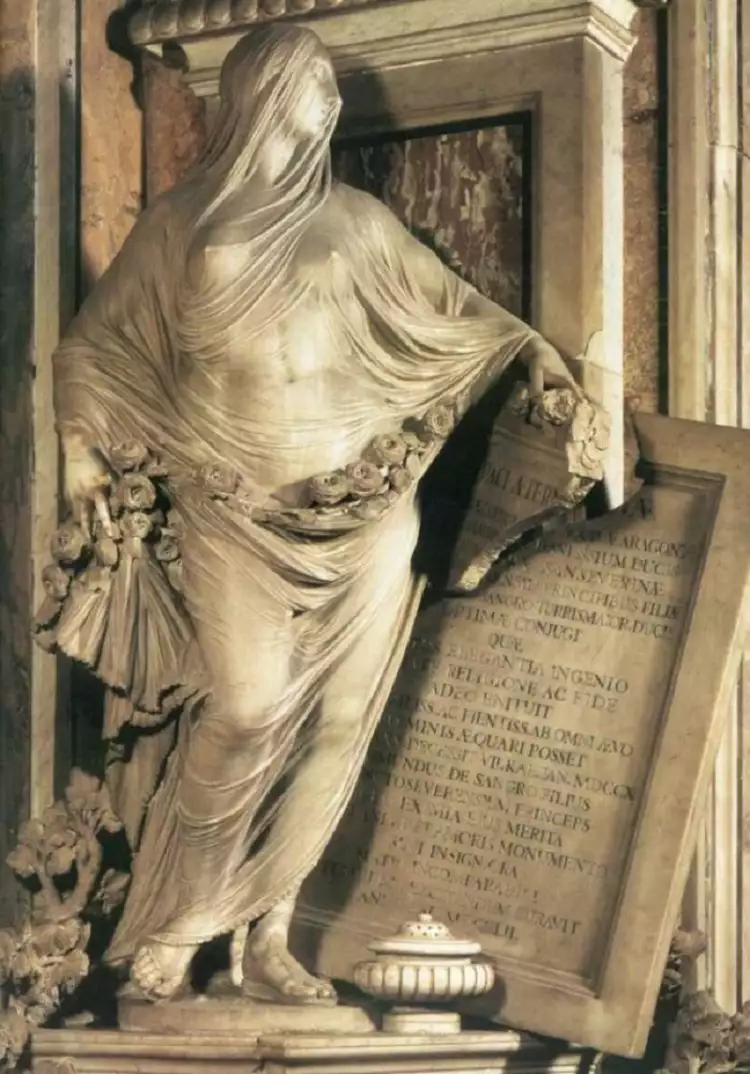 Marble Veil. Technique Trompe-l'oeil. Antonio Corradini. Chastity
Marble Veil. Technique Trompe-l'oeil. Antonio Corradini. Chastity
How did the artist manage to convey the airy weightlessness of the veil, replicate the tiniest curves, recreate the finest folds of the fabric, all while fully preserving and showcasing the person's appearance, distinctive facial features, and body structure? Scholars who dedicated many years of their lives to unraveling the mystery of the marble veil suggest that the artist mostly executed the work during the stage of creating a plaster, wax, or clay mold for casting.
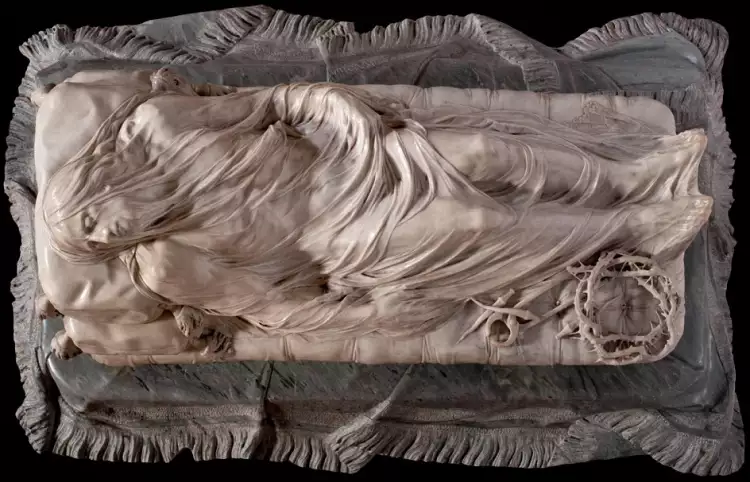 Marble Veil. Giuseppe Sanmartino. Christ under the shroud
Marble Veil. Giuseppe Sanmartino. Christ under the shroud
Partially, this version is justified by the fact that another master, Neapolitan Giuseppe Sanmartino, brought the clay model of the sculpture, which Antonio Corradini had started but not completed, to life. Antonio had received a commission from Prince Sansevero and even managed to create a prototype, but he passed away.
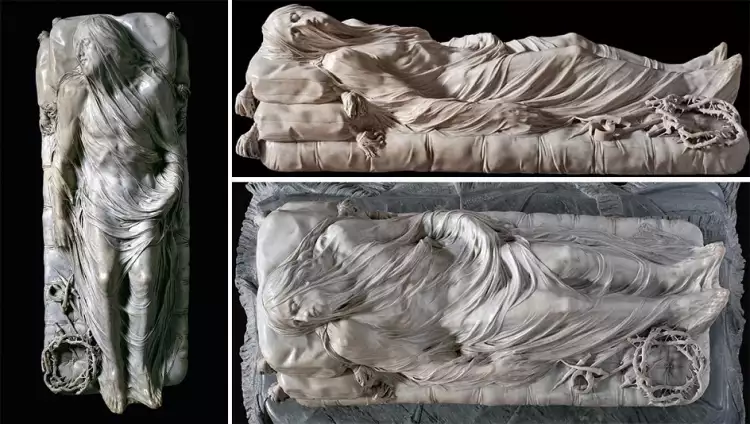 Marble Veil. Technique Trompe-l'oeil. Christ under the shroud
Marble Veil. Technique Trompe-l'oeil. Christ under the shroud
Sanmartino continued working on the sculpture, making only minor changes to Corradini's original concept, preserving the fundamental essence of the monument. "Christ Veiled in the Shroud" brought fame to Giuseppe, although it remained perhaps his only well-known work. He couldn't create anything better afterwards.
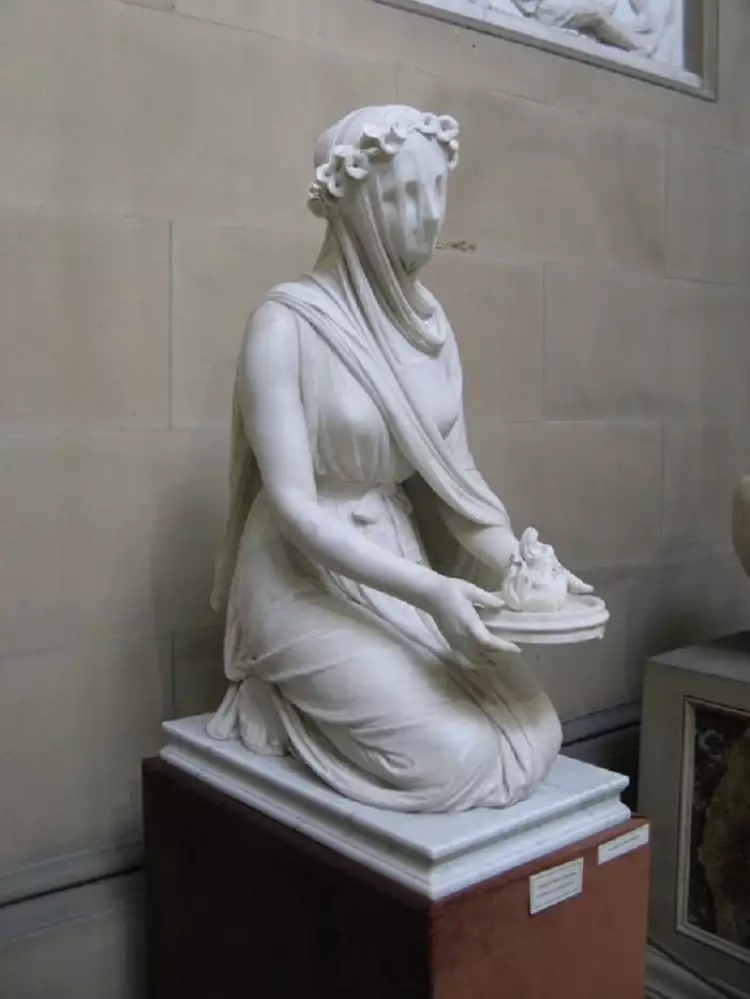 Marble Veil. Raphael Monti. Vestal
Marble Veil. Raphael Monti. Vestal
Another unparalleled master of the marble veil is Raphael Monti. An Italian by origin, Raphael lived and worked in England. He was the one who described the trompe-l'œil technique for sculptures. It turned out that for his work, the master selected a rare marble with a dual-layered structure. The finest veil was created from the upper delicate layer, while the denser lower layer formed the human body and objects.
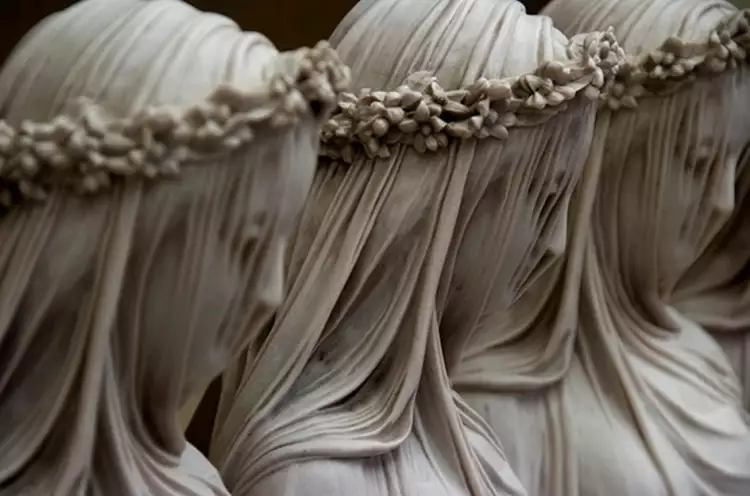 Marble Veil. Raphael Monti. Vestal
Marble Veil. Raphael Monti. Vestal
Many contemporary sculptors attempt to replicate the technological process described by Raphael, using modern tools. However, can their creations truly be placed in the same league as the masterpieces of Italian artisans?
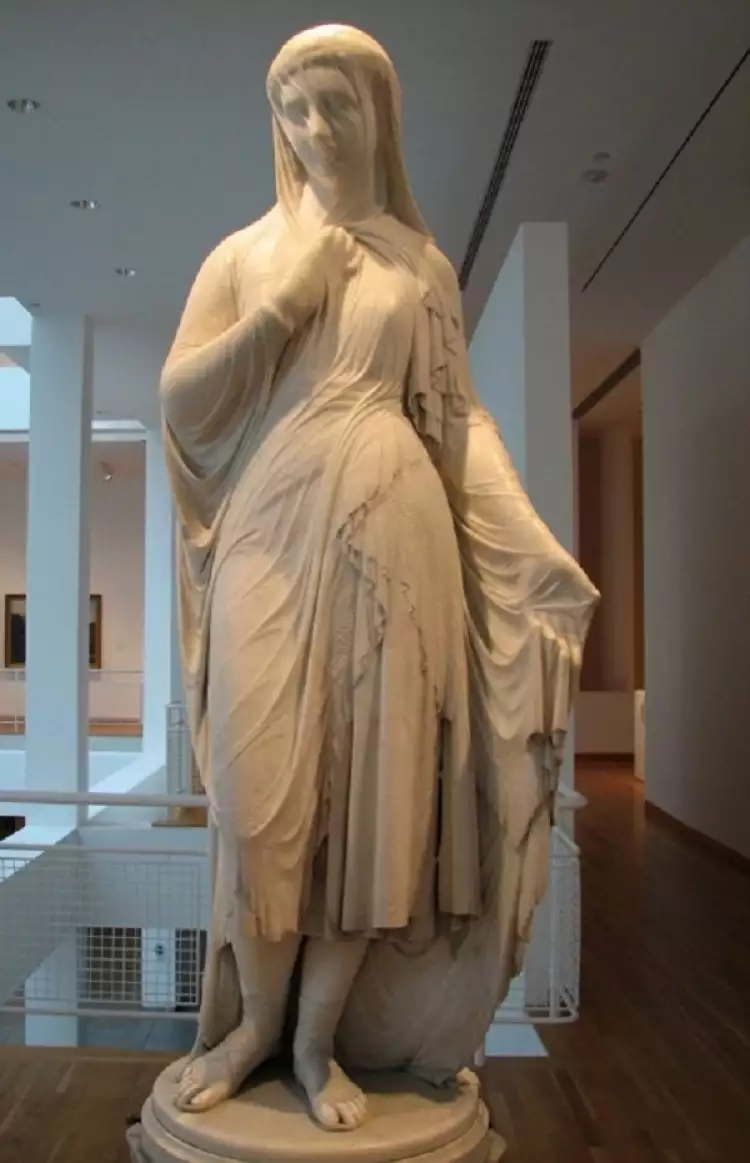 Marble Veil. Giovanni Maria Benzoni. Rebecca under the Veil
Marble Veil. Giovanni Maria Benzoni. Rebecca under the Veil
Anyone participating in auctions organized by any auction house can become a happy owner of a marble sculpture. As for visitors of the Very Important Lot website, they have the opportunity to acquire antiques or the work of a contemporary master directly from the online catalog of the service.
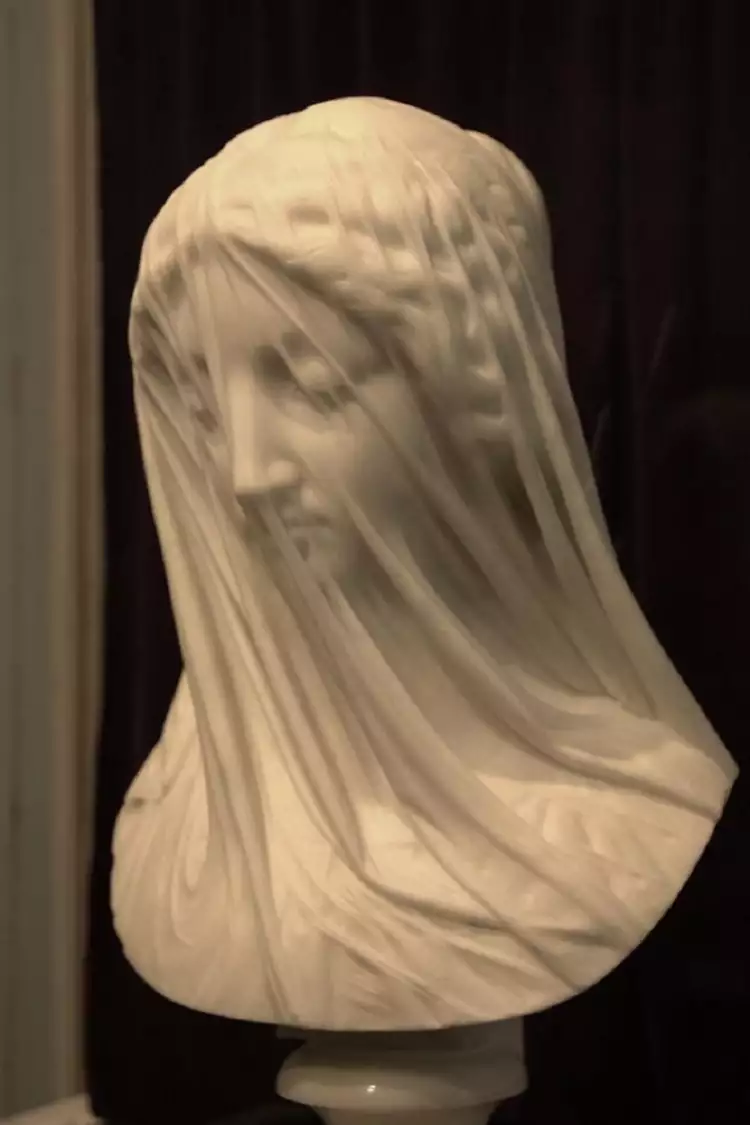 Marble Veil. Technique Trompe-l'oeil. Giovanni Starza. Virgin Mary
Marble Veil. Technique Trompe-l'oeil. Giovanni Starza. Virgin Mary
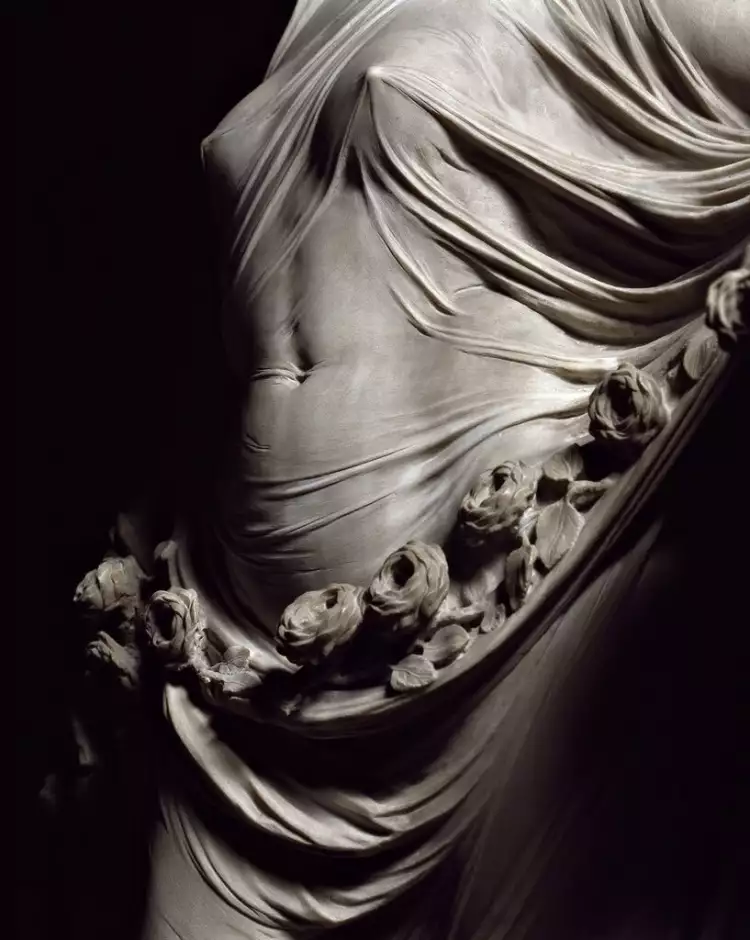
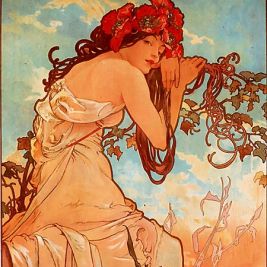 Art Nouveau is an international style in the visual arts
Art Nouveau is an international style in the visual arts 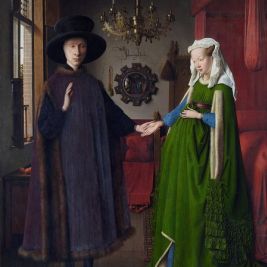 The most famous Dutch painters: 7 renowned masters from Van Eyck to Van Gogh
The most famous Dutch painters: 7 renowned masters from Van Eyck to Van Gogh 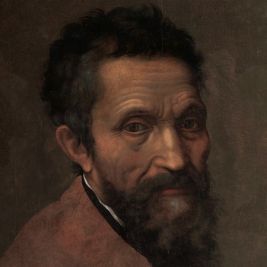 Top 10 Most Iconic Sculptors in the World
Top 10 Most Iconic Sculptors in the World 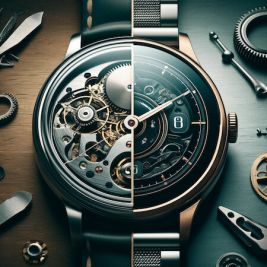 Navigating the Currents: The Tension Between Vintage and Modern Watches
Navigating the Currents: The Tension Between Vintage and Modern Watches 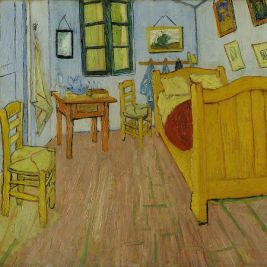 The paintings "Bedroom in Arles" by Vincent van Gogh are iconic works of a brilliant master
The paintings "Bedroom in Arles" by Vincent van Gogh are iconic works of a brilliant master 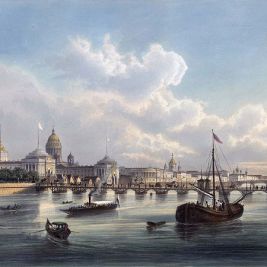 Lithography is a type of graphics and a masterpiece of art
Lithography is a type of graphics and a masterpiece of art 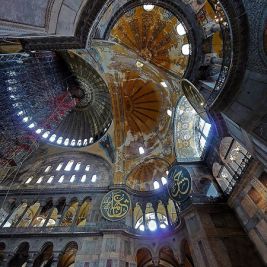 Byzantine art is a vast realm of unique artistic heritage of humanity
Byzantine art is a vast realm of unique artistic heritage of humanity  Neoclassical style in interior design is a modern interpretation of the noble traditions of antiquity
Neoclassical style in interior design is a modern interpretation of the noble traditions of antiquity 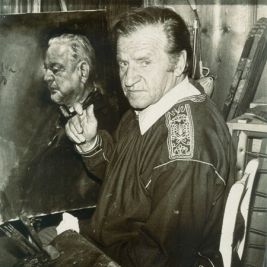 Paul Mathias Padua: Sensitive power nature
Paul Mathias Padua: Sensitive power nature 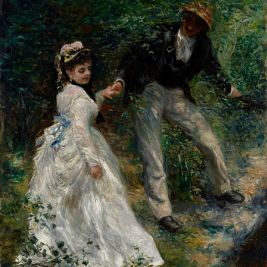 The painting "La Promenade" by Pierre-Auguste Renoir is an example of fleeting happiness
The painting "La Promenade" by Pierre-Auguste Renoir is an example of fleeting happiness